We have previously published numerous articles addressing extinct animals like these, but the reality is that not every species presumed extinct remains as such. Some animals, once thought to be irretrievably lost, have surprisingly resurfaced, astounding the scientific community. To acquaint you with a few of these revived species, we present this blog post featuring 25 Amazing Animals That Came Back From Extinction.

Clarion Night Snake
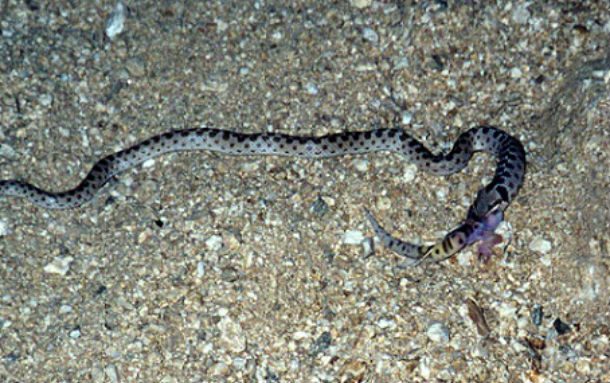 Source: csmonitor.com
Source: csmonitor.com This small brownish-black snake is native to the Mexican island of Clarion off Mexico’s Pacific coast. The Clarion Night Snake was considered extinct for almost 80 years until researchers, led by Daniel Mulcahy and Juan Martinez Gomez, rediscovered it in May 2014.
Przewalski's Horse
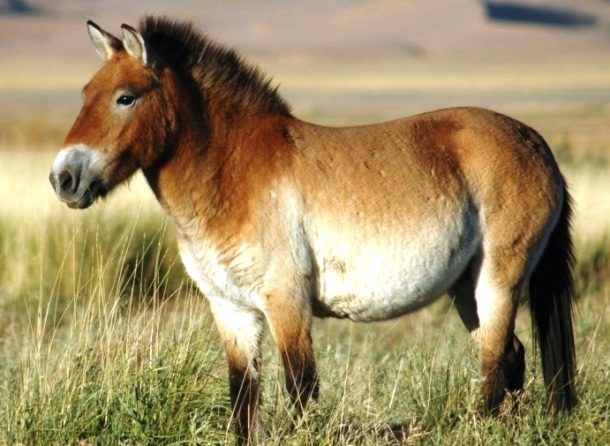 Source: nationalgeographic.com
Source: nationalgeographic.com Also known as the Takhi and Dzungarian Horse, Przewalski’s Horse is the last surviving subspecies of the wild horse. It was once driven to extinction in the wild (primarily through interbreeding with other domesticated horses). Thankfully, reintroduction efforts during the turn of the century have successfully grown and sustained wild populations at several sites in Mongolia.
Coelacanth
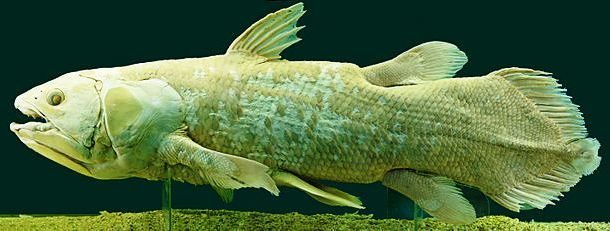 Source: dailymail.co.uk
Source: dailymail.co.uk One of the most fascinating extinct animals that reappeared, the Coelacanth, a rare order of fish, was believed to have died out 65 million years ago, during the dinosaur era. However, to scientists’ complete astonishment, the fish was rediscovered in 1938 in South Africa. The Coelacanth is considered to be the missing link that marked the moment when animal life first left the ocean for the land.
Monito del Monte
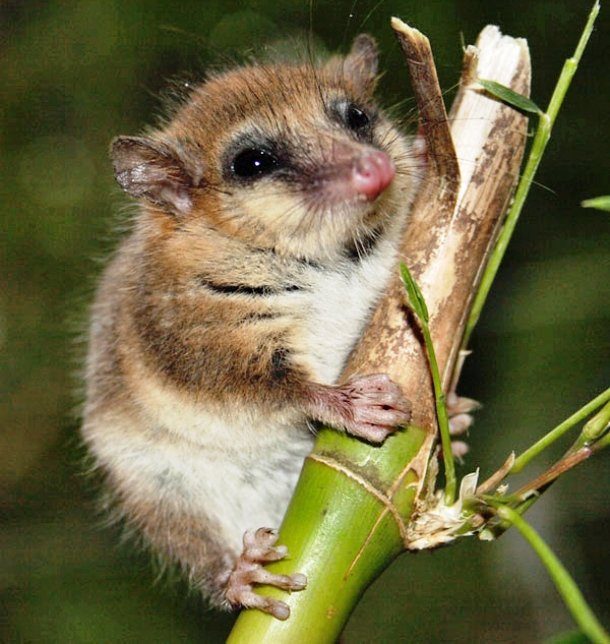 Source: eol.org
Source: eol.org Despite its name that translates as “the monkey of the mountains,” the Monito del Monte is not a monkey, but a little South American marsupial. Sometimes referred to as the “living fossil,” this nocturnal, arboreal creature was found out to be the only living member of what was considered a long extinct marsupial order, the Microbiotheria.
Gracilidris Ant
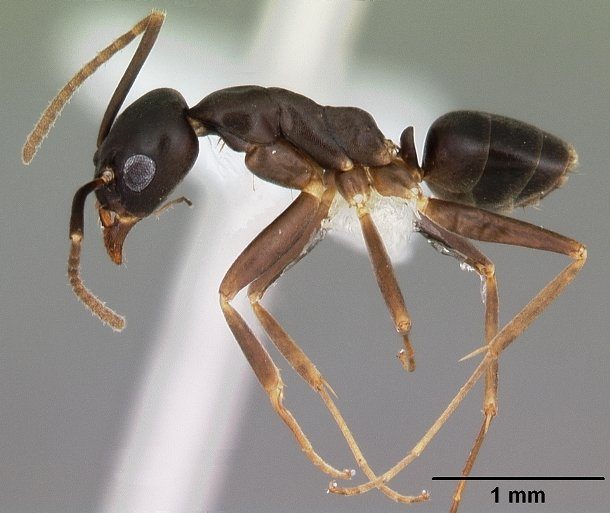 Source: creation.com
Source: creation.com A special type of nocturnal ant, the Gracilidris was thought to have become extinct around 15–20 million years ago. However, a myrmecologist (a researcher studying ants) who was familiar with ancient fossils of this insect happened to recognize its distinctive features in a live ant he observed in South America in 2006.
Night Parrot
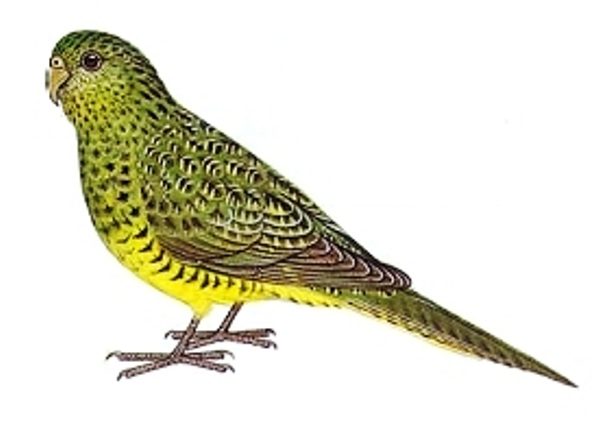 Source: theguardian.com via Wikipedia
Source: theguardian.com via Wikipedia Known as one of the most elusive and mysterious birds in the world, the Night Parrot is a small parrot native to Australia. With no sightings of the bird between 1912 and 1979, it was considered extinct. Since then, the Night Parrot has been spotted several times, most notably by a wildlife photographer John Young who captured some photos and videos of the rare bird.
Huila Stubfoot Toad
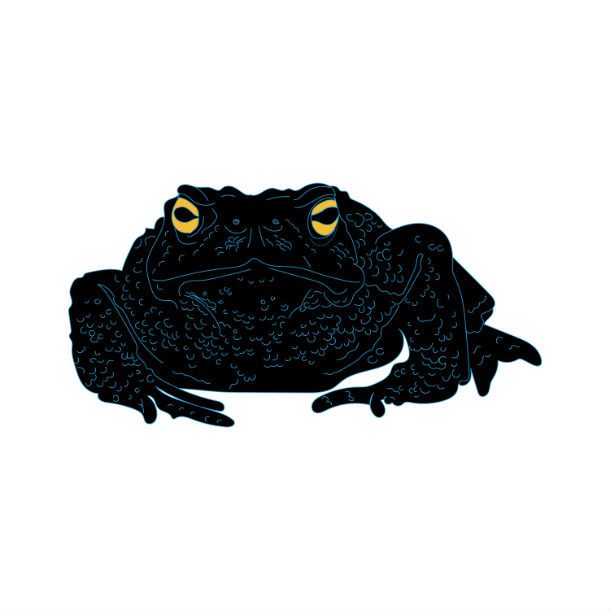 Source: newscientist.com
Source: newscientist.com A species of the true toad native to Colombia, the Huila Stubfoot Toad was thought to have died out in 1990’s due to a chytrid fungus. This fungus has devastated amphibian populations around the world. Nevertheless, it was rediscovered in 2006, raising hopes that other species might also have survived the epidemic.
California Condor
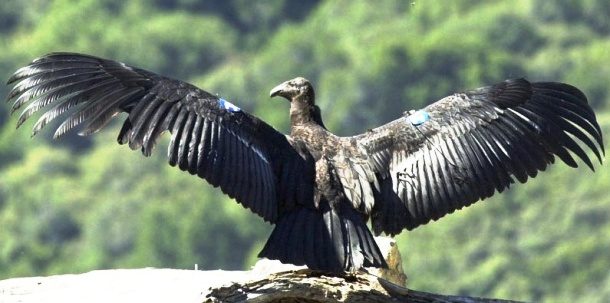 Source: allaboutbirds.org
Source: allaboutbirds.org With a wingspan of up to 3 m (10 ft), the California Condor is the largest bird in North America. This magnificent bird became extinct in the wild in 1987 when the last 27 individuals were captured and placed in breeding programs. Four years later, the California Condor was reintroduced to its natural habitat again as it was released in several US states.
South Island Takahe
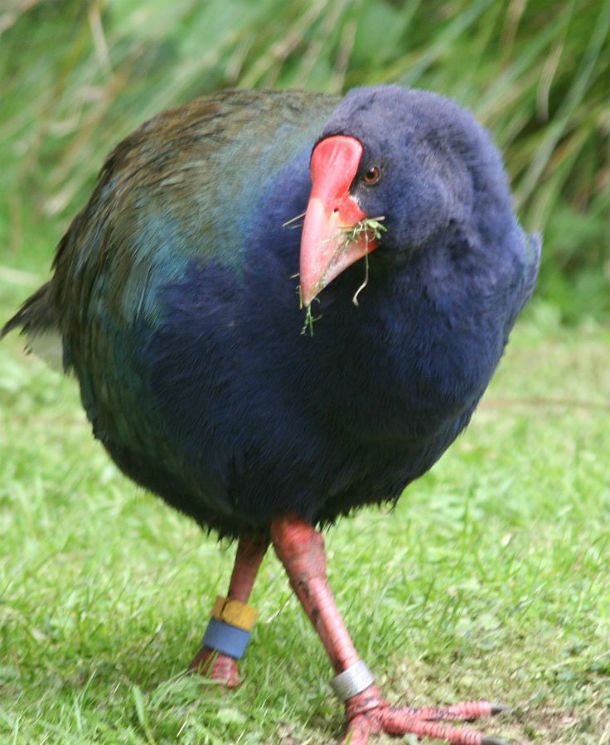 Source: doc.govt.nz
Source: doc.govt.nz Once common throughout New Zealand’s South Island, the South Island Takahe is a large flightless bird with strong beak and stout red legs. With no sightings of the bird in the early 20th century, it was thought to be extinct. However, in 1948, doctor Geoffrey Orbell rediscovered the bird high in the tussock grasslands of the remote Murchison Mountains.
Nelson's Small-Eared Shrew
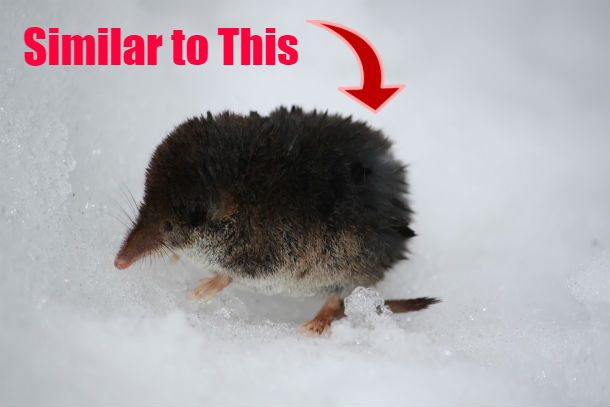 Source: researchgate.net
Source: researchgate.net Native to the Volcan San Martin area in Eastern Mexico, the Nelson’s Small-Eared Shrew is a small shrew first discovered by E. W. Nelson and E. A. Goldman who found 12 specimens of the species in 1894. With no other individuals seen for the next hundred years, the species was thought to be extinct. Luckily, it was rediscovered in the same area in 2004.
Bermuda Petrel
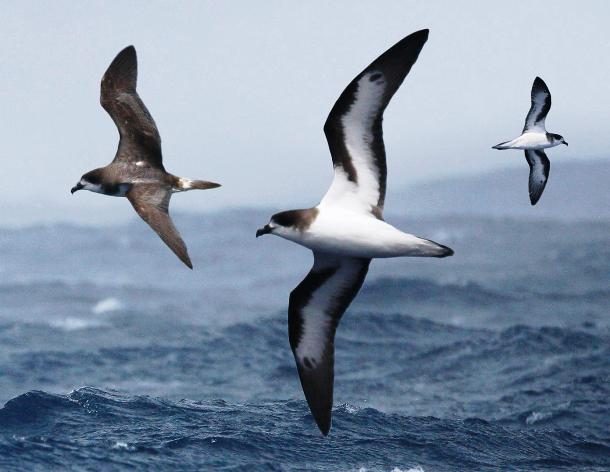 Source: neotropical.birds.cornell.edu
Source: neotropical.birds.cornell.edu One of the most famous animals that were extinct but came back, the Bermuda Petrel is a medium-sized seabird found in Bermuda. When Cristobal Colon sailed past Bermuda in 1492, an estimated half-million pairs of these birds nested there; however, by 1620, the excessively hunted bird was no longer seen and was presumed extinct. In 1951, after more than 320 years, the Bermuda Petrel was rediscovered again.
El Hiero Giant Lizard
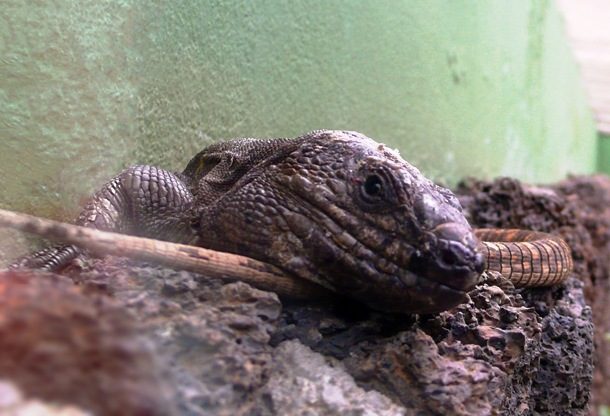 Source: konicaminolta.com
Source: konicaminolta.com Found in the Canary Island of El Hiero, the El Hierro Giant Lizard is a large reptile that was once common almost all over the island. In 1930’s, due to unsustainable collecting of the lizard, it was thought to have died out. Fortunately, a living population of the species was discovered in 1974. There are an estimated 300-400 individuals living on the island now.
Arakan Forest Turtle
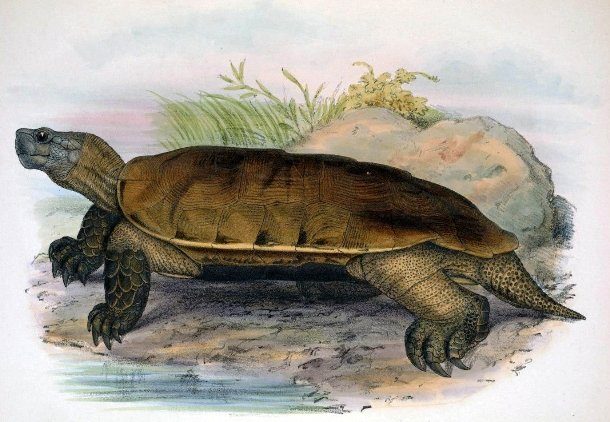 Source: endangeredlist.org
Source: endangeredlist.org Native to bamboo forests of the Arakan Hills in Myanmar, the Arakan Forest Turtle, a rare semi-terrestrial turtle, was believed to have become extinct in 1908 due to the limited range of its habitat and a lack of sightings. The turtle was rediscovered in 1994 when several specimens were found for sale in Asian food markets.
Javan Elephant
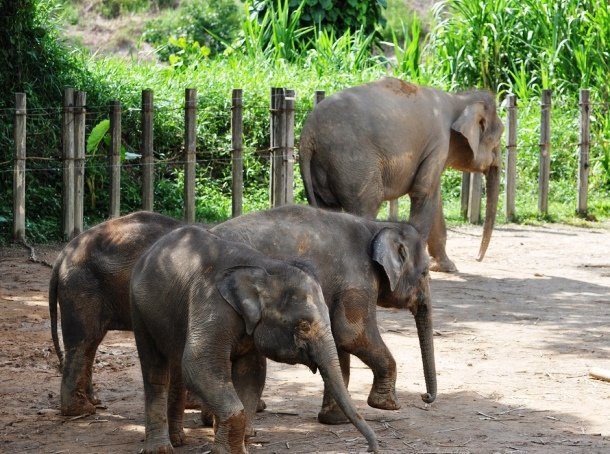 Source: time.com
Source: time.com Once native to the island of Java, the Javan Elephant became extinct sometime after Europeans arrived in Southeast Asia. That belief persisted until 2003 when researchers discovered the Borneo Pygmy Elephants were actually the likely descendants of the Javan Elephant. Locals believe the animals were transplanted from Java to the neighboring island of Borneo hundreds of years ago.
Terror Skink
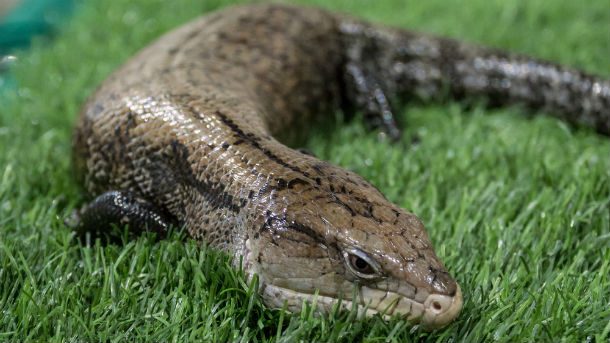 Source: newscientist.com
Source: newscientist.com Measuring about 50 cm (20 in) in length, the Terror Skink is a large lizard that was rediscovered in 2003 in New Caledonia in the South Pacific Ocean. It had been previously considered extinct since only one person had ever seen a living individual – in 1876. This rare reptile species is now listed as endangered.
Florida Panther
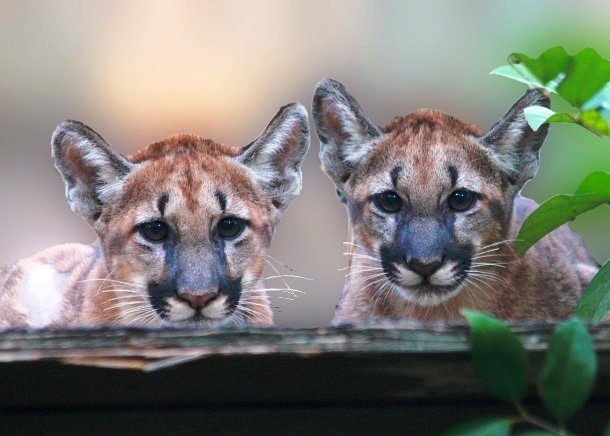 Source: thedodo.com
Source: thedodo.com A rare subspecies of the cougar, the Florida Panther is one of the most notable examples of critically endangered animals that have been recovered. By the 1970’s, the panther population had been reduced drastically to just about 20 remaining individuals in the wild. Conservation efforts have boosted the population to 160 as of 2013, but this species still faces countless challenges in its fight for survival.
Kunimasu Salmon
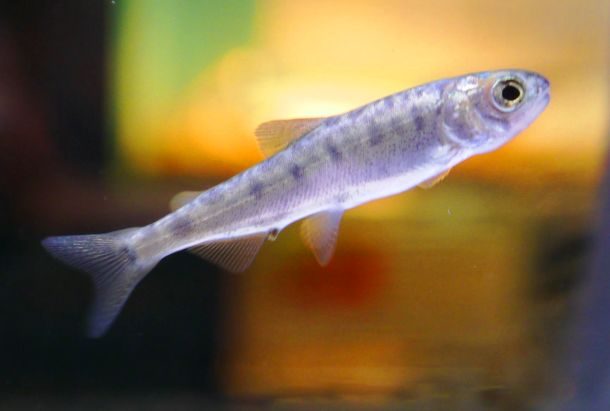 Source: nationalgeographic.com
Source: nationalgeographic.com Also called the black kokanee, the Kunimasu Salmon is a subspecies of sockeye salmon that was once native to Lake Tazawako in Japan. The species was believed to have been wiped out in the 1940’s after a hydroelectric dam raised acidity levels in the lake. Luckily, a living population of the fish was recently discovered in another lake where Kunimasu Salmon eggs were released in what was considered an unsuccessful breeding program in 1935.
Tree Lobster
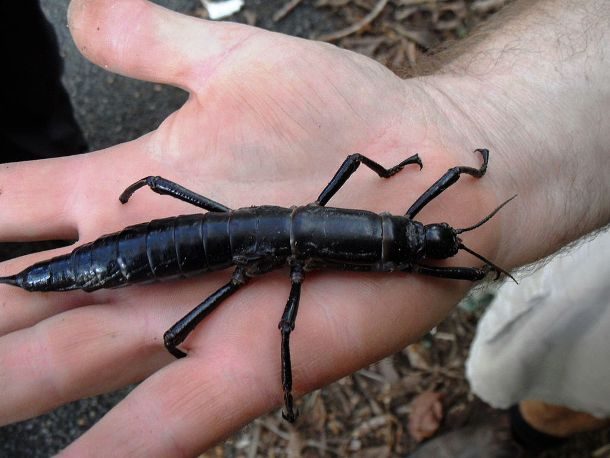 Source: australiangeographic.com.au
Source: australiangeographic.com.au Also known as the Lord Howe Island stick, the Tree Lobster is a large, nocturnal insect that was once abundant on the Lord Howe Island in Australia. Mice and rats introduced to the island drove the insect to extinction by 1920. However, sightings of the Tree Lobster were recently reported on the Ball’s Pyramid – a volcanic remnant located a few miles away from the island.
Cuban Solenodon
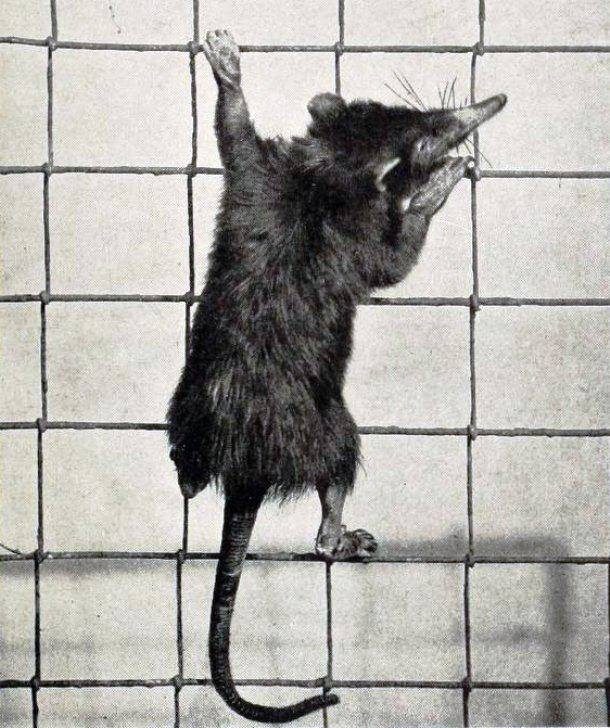 Source: animalcorner.co.uk
Source: animalcorner.co.uk A small, curious creature known for having venomous saliva, the Cuban Solenodon is an extremely rare mammal; only 36 specimens had ever been caught. In 1970, it was even proclaimed extinct as no specimens had been found since 1890. But between 1974 and 1975, 3 animals were discovered, and research revealed that it still existed in some places in Eastern Cuba.
Ivory-Billed Woodpecker
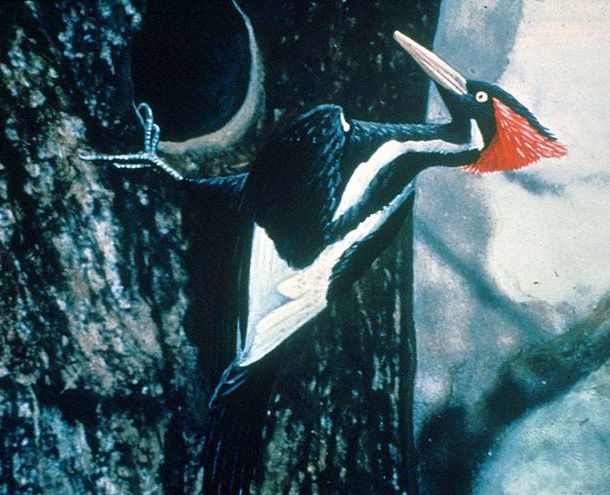 Source: nationalgeographic.com
Source: nationalgeographic.com The third largest woodpecker in the world, the Ivory-Billed Woodpecker can be up to 51 cm (20 in) long and have a wingspan of 76 cm (30 in). Habitat destruction and hunting reduced this beautiful bird’s population to the point where it was mostly considered extinct, but a video shot in 2005 in an Arkansas swamp forest proved the species was still alive. It is now listed as critically endangered.
Giant Squid
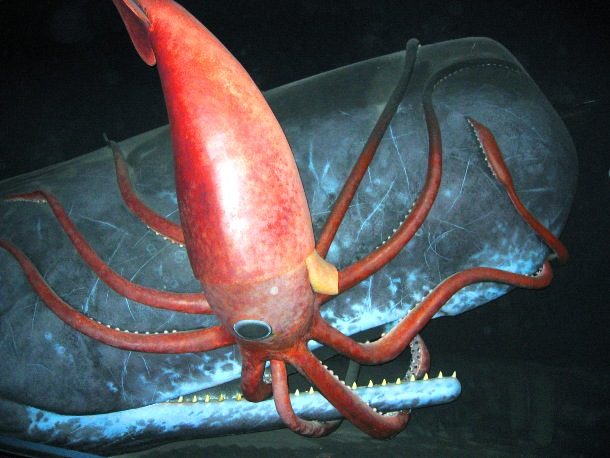 Source: natureworldnews.com
Source: natureworldnews.com Recent studies have found that the Giant Squid, a large deep-sea squid measuring up at 13 m (43 ft), probably was on the brink of extinction. Exactly why the population of this highly intelligent animal dropped so drastically remains a mystery…as much of a mystery to researchers as the squids themselves. It’s thought that it could have been associated with the abundance of the sperm whale, its main predator.
Caspian Horse
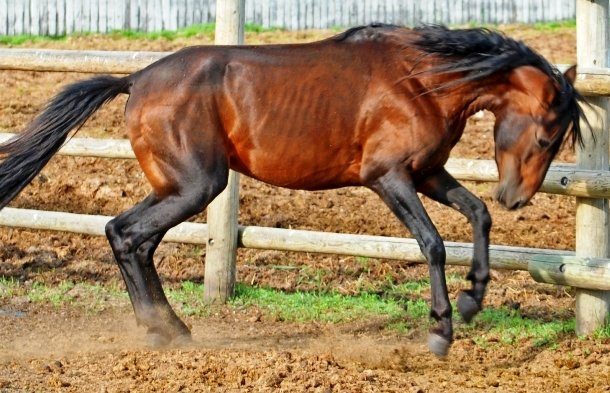 Source: caspiansporthorse.com
Source: caspiansporthorse.com A small horse breed originally native to Northern Iran, the Caspian Horse had been considered extinct since the 7th century when the Persian Empire collapsed. It was lost for more than 1300 years until the horse was accidentally rediscovered in 1965 in a small village in Northern Iran. American-born breeder of Iranian horses, Louise Firouz found it.
Madagascar Serpent Eagle
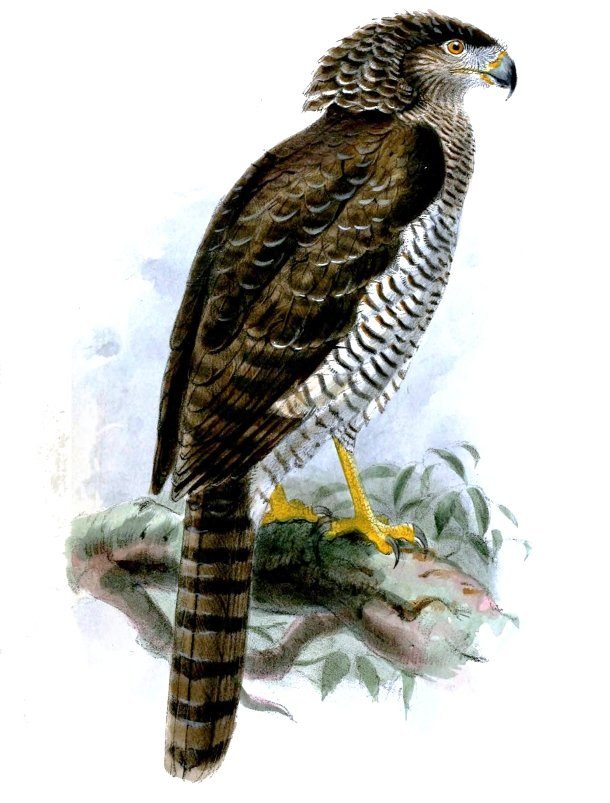 Source: edgeofexistence.org
Source: edgeofexistence.org A medium-sized bird of prey, the Madagascar Serpent Eagle is a very rare bird local to tropical forests of Madagascar. Its habitat is becoming increasingly depleted and fragmented; for many years, it was doubted whether the species still survived in the wild. Fortunately, the Madagascar Serpent Eagle was recently rediscovered again.
Woolly Flying Squirrel
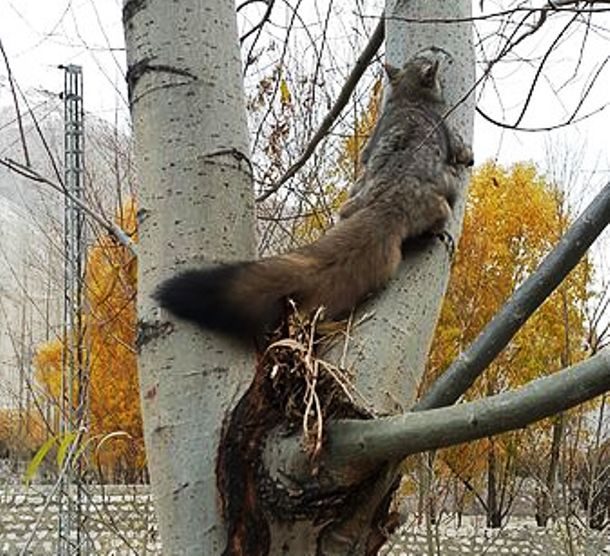 Source: abc.net.au
Source: abc.net.au The world’s largest glider, the Woolly Flying Squirrel is a rare species of the flying squirrel. It lives high in the mountains of Northern Pakistan in inaccessible areas, which is why it was mainly known from skins brought back from these places. With no actual sightings of the animal for decades, it was already thought to be extinct, but in 1996, the Woolly Flying Squirrel was rediscovered.
Dinosaur Ant
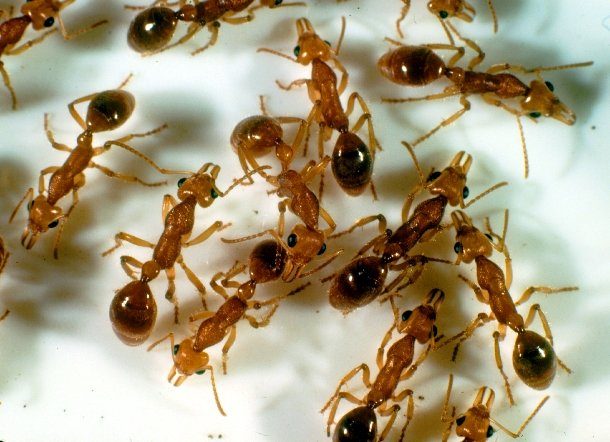 Source: theconversation.com
Source: theconversation.com One of so called “living fossils,” the Dinosaur Ant is one of the closest living examples of what some of the earliest ants might have been like, some 100 million years ago. The Dinosaur Ant was first collected in 1931 at the West Australian end of the Great Australian Bight. As no other specimens were found after that, the species was thought to be extinct. However, in 1977, a thriving population of these ants was unexpectedly discovered near Poochera, South Australia.
Lists Going Viral Right Now
Photos: 25. nps.gov, (image shown: nightsnake), 24. Claudia Feh, Przewalskis horse 02, CC BY-SA 4.0, 23. Alberto Fernandez Fernandez, Latimeria Chalumnae – Coelacanth – NHMW, CC BY-SA 3.0, 22. José Luis Bartheld from Valdivia, Chile, Monito del Monte ps6, CC BY 2.0, 21. April Nobile, www.AntWeb.org, Gracilidris pombero casent0010797 profile 1, CC BY 4.0, 20. wikimedia commons (public domain), 19. Shutterstock (not actual toad; illustrative purpose only), 18. wikimedia commons (public domain), 17. Duncan Wright, Takahe noa, CC BY-SA 3.0, 16. shutterstock (text and arrow added), 15. Richard Crossley, Bermuda Petrel From The Crossley ID Guide Eastern Birds, CC BY-SA 3.0, 14. Jose Mesa, Gallotia Simonyi at Centro de recuperación del lagarto gigante., CC BY 2.0, 13. wikimedia commons (public domain), 12. shankar s. via flickr, CC BY 2.0, 11. shutterstock (Shown: Blue Tongued Skink), 10. Michaelstone428, Florida Panther Kittens at White Oak, CC BY-SA 3.0, 9. wikimedia commons (public domain), 8. Granitethighs, Lord Howe Island stick insect Dryococelus australis 10June2011 PalmNursery, CC BY-SA 3.0, 7. wikimedia commons (public domain), 6. Original photo by Arthur A. Allen[1], coloured version by Jerry A. Payne, Ivory-billed Woodpecker by Jerry A. Payne, CC BY 3.0 US, 5. Mike Goren from New York, Display of sperm whale and giant squid battling in the Museum of Natural History, CC BY 2.0, 4. Kerri-Jo Stewart from Vancouver, Canada, BGD Ranch’s Caspians, CC BY 2.0, 3. wikimedia commons (public domain), 2. Masood Lohar, Woolly Flying Squirrel in the wild, CC BY-SA 4.0, 1. CSIRO, CSIRO ScienceImage 2478 Dinosaur or Fossil Ants Nothomyrmecia macrops, CC BY 3.0



























